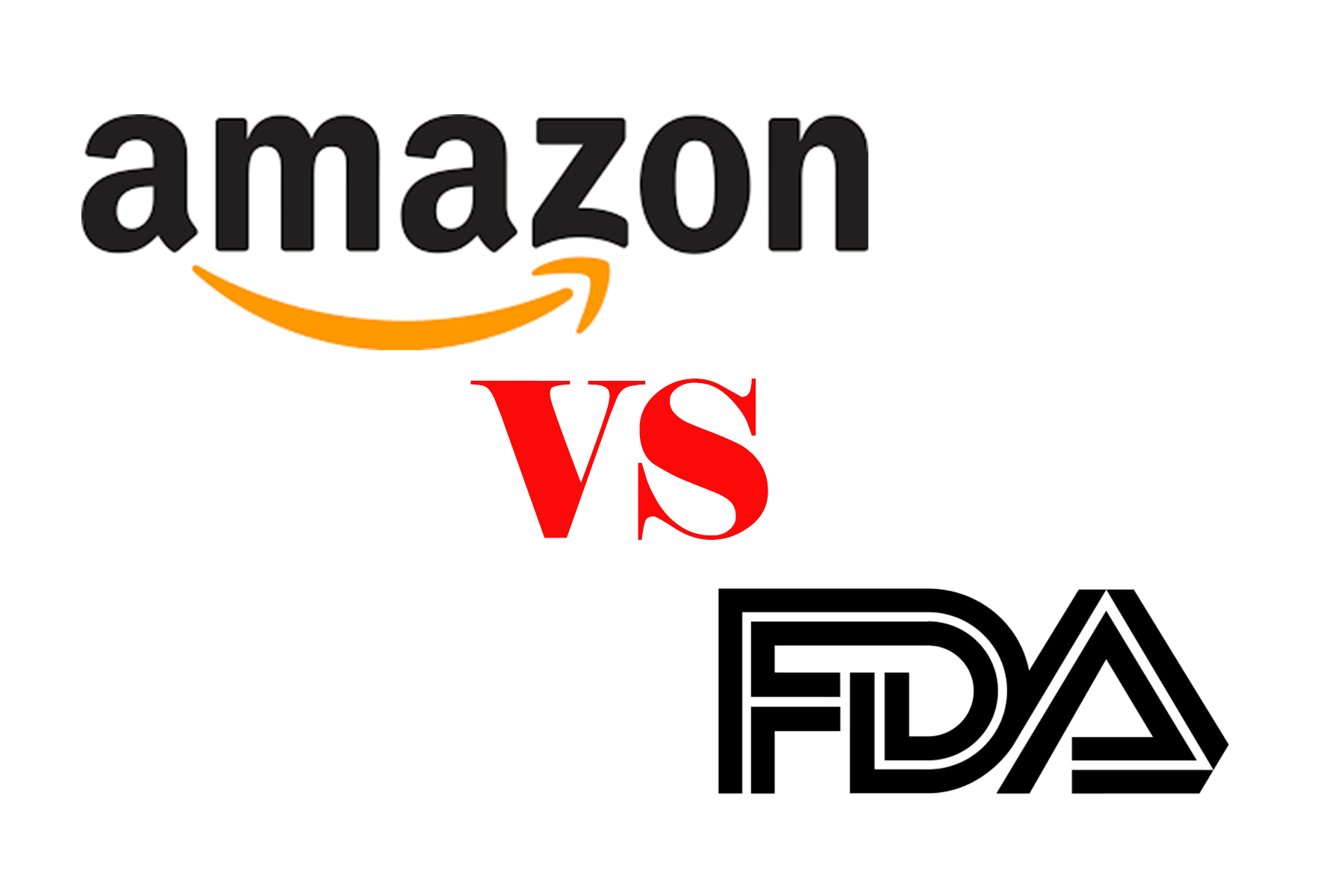Of the 874 food safety violations handed out across the United States last year, a new report says these infractions fall within one of five main categories. Registrar Corp., a company that assists other businesses with US Food and Drug Administration (FDA) compliance, says the FDA 2018 “Inspection Observation Data” point to a variety of food safety issues.
Below are the top five most common food safety violations discovered by the FDA in 2018:
- Sanitation Monitoring: The facility does not monitor sanitation conditions and practices frequently enough to conform to current good manufacturing practices. Some factors that should be monitored include the safety of water encountering food and food contact surfaces, the condition and cleanliness of food contact surfaces, and the measures used to prevent cross-contamination from unsanitary objects. 188 facilities were cited by the FDA for this violation.
- Pest Control:The facility does not take effective measures to protect food against contamination from pests or exclude pests from food production areas. 183 facilities were cited by the FDA for not properly excluding pests from potentially contaminating food.
- Manufacturing, Processing, Packing, and Holding Controls: The facility does not implement proper controls to mitigate the risk of food hazards, such as growth of microorganisms, allergen cross-contact, and contamination of food. This includes protecting consumers from labeling errors more likely to cause adverse health consequences. 175 facilities were cited by the FDA for this violation.
- Sanitary Operations and Plant Maintenance: A number of foodborne outbreaks have been directly attributed to failure to properly maintain equipment under sanitary conditions. The FDA cited 167 facilities for either not maintaining cleanliness of their facilities or not keeping them in good repair.
- Personnel: The facility does not take reasonable precautions related to personnel, include the failure to address the hygiene of staff working directly with food. The FDA cited 161 facilities for not taking reasonable measures and precautions related to personnel.
Although the 2018 report does not include the following three violations that appeared on the 2017 list, food manufacturing operations are advised to also keep these violations in mind prior to an FDA inspection:
HACCP Plan Implementation: Seafood or juice processors fail to implement certain procedures in their Hazard Analysis Critical Control Point (HACCP) plan, such as critical control points of food hazards or verifying the adequacy of the plan’s hazard control.
Reasonable Precautions: Precautions are not taken to prevent production procedures from contaminating food, including not monitoring time and temperature of processed foods or not monitoring operations, such as freezing or heat processing.
Plant Cleanliness: The facility either fails to maintain cleanliness of the premises or cannot do so due to its construction.
The newly released report also cited violations of the FDA’s rules on Preventative Controls and the Foreign Supplier Verification Program (FSVP). Under the FSVP, food importers must have an adequate plan that ensures their foreign food suppliers are meeting the same food safety standards FDA requires of domestic food manufacturers.
“FDA cited 278 US importers of food and beverages for not developing [FSVP], making it the most frequent inspection violation of FY 2018,” the report reads. “FSVP’s prominence on this year’s list of violations suggests that FDA is regularly inspecting importers for compliance.”
Registrar Corp. also reminds food facilities that inspection violations can result in warning letters, placement on import alert, suspension of facility registration and other actions.
“Food facilities should ensure compliance with the above and other good manufacturing practices,” the report reads. “These compliance issues can damage a brand’s reputation and often influence the buying decisions of purchasers.”












Join or login to leave a comment
JOIN LOGIN